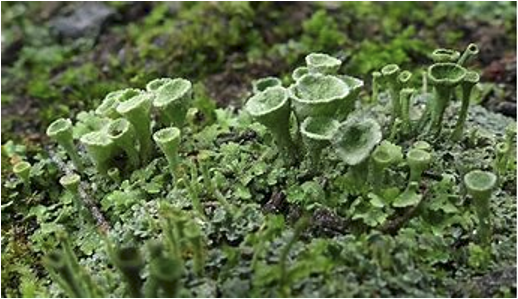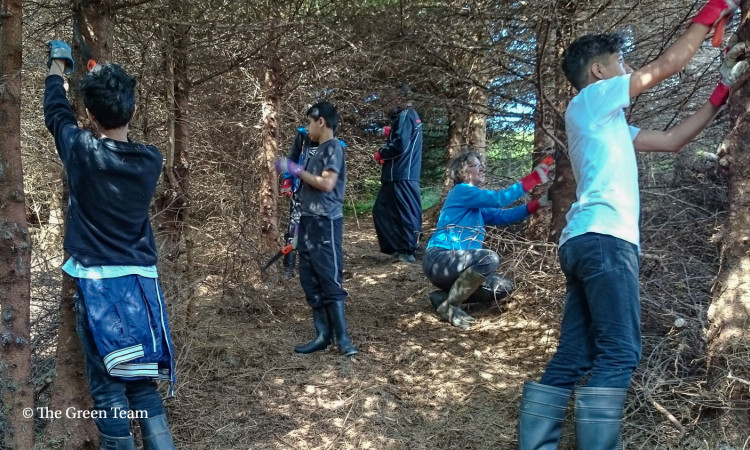Case study: Rocking Ramalina!
John Muir Trust volunteer Verity Brosnan reports on some surprising finds at Glenlude
On 17 July 2018, Glenlude based in the Upper Tweeddale took part in Chris Packham’s Bioblitz. It was a nationwide event to monitor the UK's wildlife, the first independent audit of its kind. The main objectives were to investigate the extent in which species are under threat alongside raising awareness and money to help conservation and restoration work to keep these species thriving into the future.
At Glenlude, a supportive and welcoming community of volunteers helped at the Bioblitz event, and identified a whopping 450+ species during a 24 hour period across the 150-hectare site.
I worked alongside Dr Chris Ellis from Royal Botanic Garden Edinburgh in the Lichen Team. We scrambled through larch plantation, rumbled over rocks and scoured the pockets of scrub woodland for our much underappreciated but lovable lichens!
One lichen that we were both shocked to see was Ramalina fraxinea, also known as the cartilage lichen. It was decimated in the 1970s across southern Scotland due to acid rain - sulphur dioxide pollution - which stripped sensitive lichen species from trunks and branches of trees. Ramalina fraxinea has never been recorded on the site. In the Borders, there are only limited records - one in the 1960s and then a leap forward in time to Innerleithen in 2014 - so this lichen has really been laying low in the woods! The lichen was found on aspen (Populus tremula) and downy birch (Betula pubescens) copse, facing down the valley on the south east slope.
The reason we squealed with excitement like two schoolkids who had found buried treasure, is that lichens are great indicators of air pollution. This particular lichen will only grow in conditions where the air is free of pollutants such as nitrogen and sulphur dioxides.

We were pleasantly surprised by how many lichens we found - 50 species comfortably identified in the field. Due to the complexity of many lichens, especially Crustose species (species that form crusts and adhere to a substrate i.e. bark or rock), and the famous but notoriously hard to ID in the field the pixie cup lichen - Cladonias - we had to take some specimens back to the Botanic Gardens and use laboratory techniques to further identify some species.
Lichens are crucial components of forests and woodlands and their discovery here a timely reminder that a healthy woodland is more than just trees. These species are custodians of the land too, a part of our community and deserve to remain.
The Bioblitz highlighted the importance of science and conservation and demonstrated just how well land can recover when given a chance. It really is a promising sign for this landscape to be increasing its biodiversity with a micro-world of clean air lichens, as the woodland extends.
So grab your wellies, head out to the hills, vales and glens and hunt down some lichens. There'll be plenty more to discover, perhaps some we missed and some new to science.
